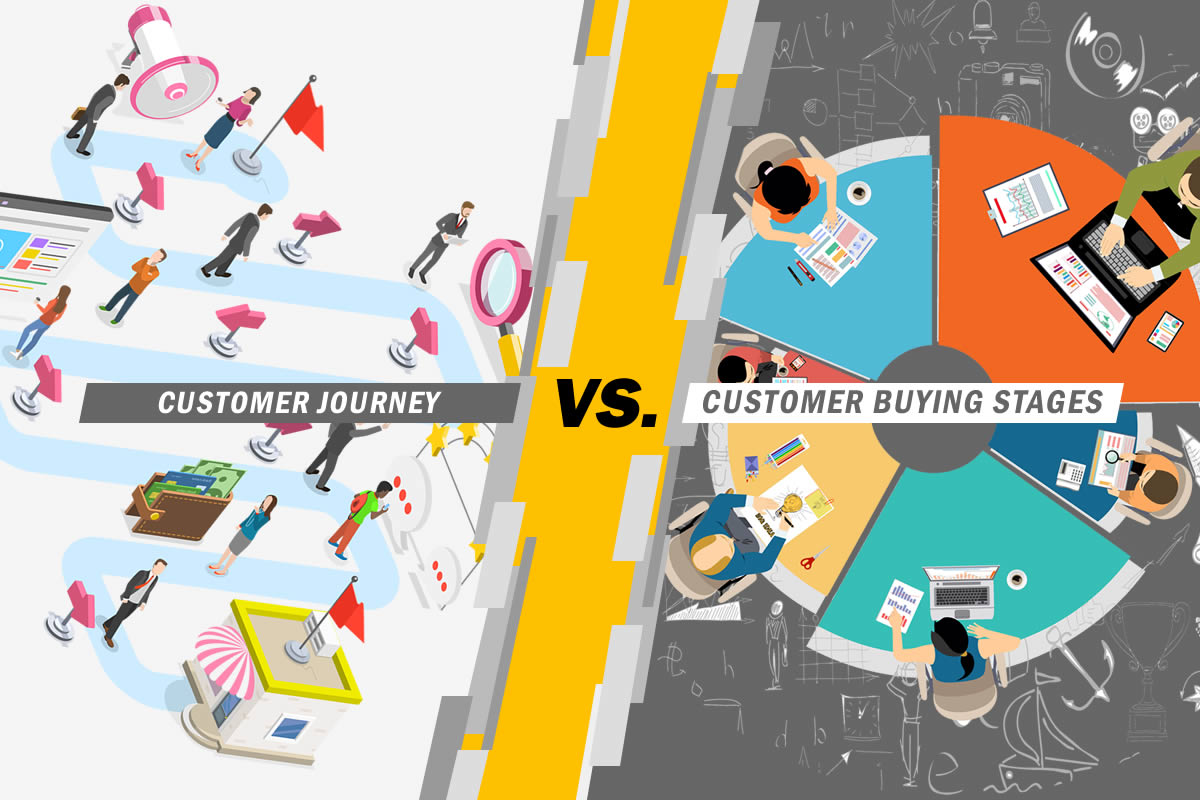
The GIST: Marketing Guide #1
Read Time: 4 minutesGUIDANCE FOR THE MODERN MARKETER #1 IN THIS EDITION (September 2024) How To Repurpose Your Long-form Content (& Why it’s Important) Do You Need A CMO? Or Can You Leverage Fractional CMO Services? Top 3 AI Tools Every Marketer Shouldn’t Be Without What You’re Doing Wrong With Your Video Shorts SUPERCHARGE YOUR […]






